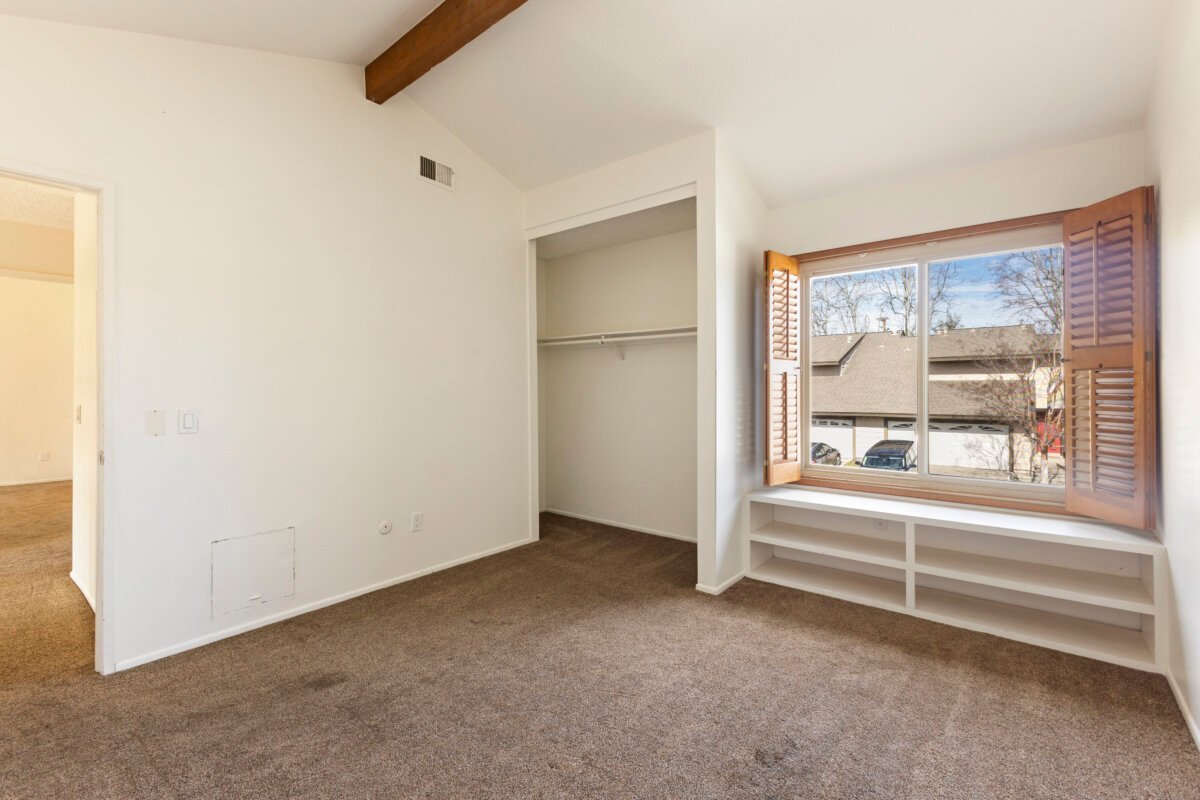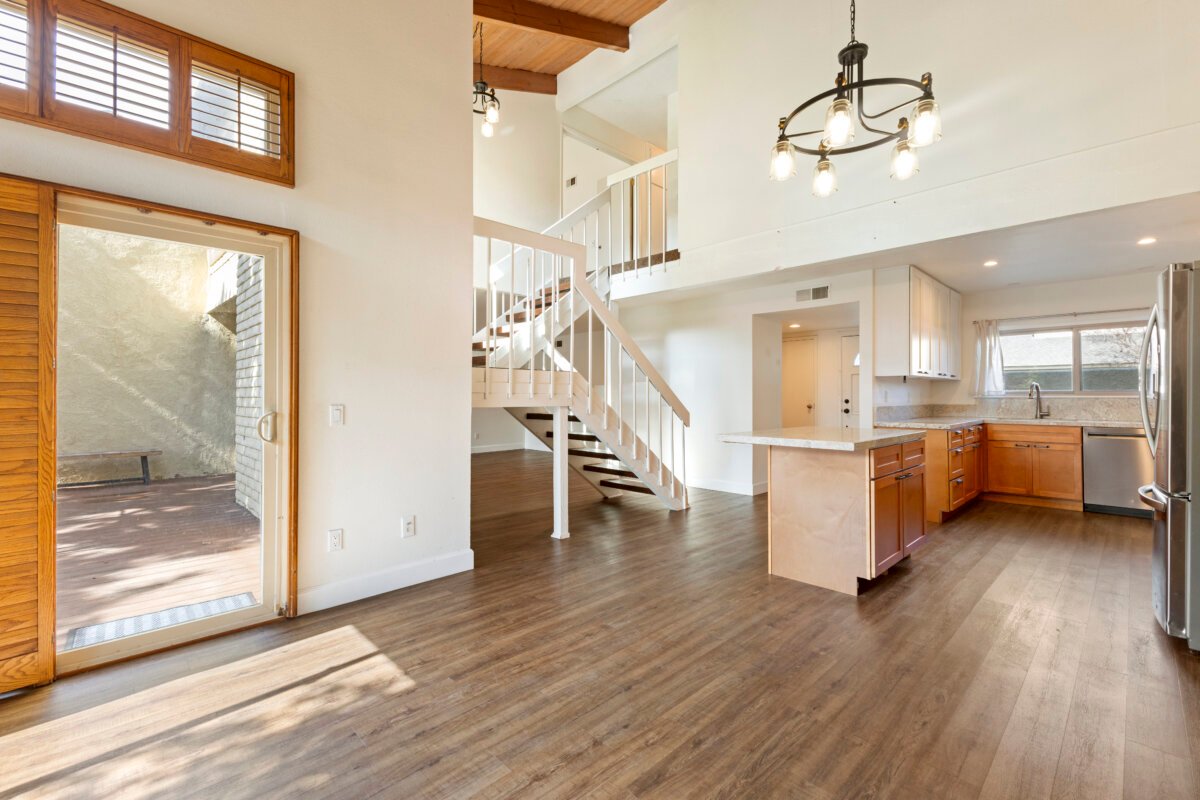
Stay Ahead of the Curve: The Latest Trends in Real Estate Photo Editing
In the competitive world of real estate, real estate photo editing plays a pivotal role in attracting potential buyers and creating lasting impressions. As technology continues to evolve, so too do the techniques and trends that define how properties are visually presented. With stunning images taking precedence over traditional marketing methods, real estate agents must adapt to these changes to stay ahead of the curve. In this blog post, we will explore the latest trends in real estate photo editing, dissecting innovations, styles, and tools that can elevate a property’s visual appeal.
The Importance of Visual Storytelling in Real Estate

Real Estate Photo Editing
The concept of storytelling has transcended various industries, but its relevance in real estate cannot be overstated. High-quality images do not simply showcase a property; they tell a story about the lifestyle it offers. In today’s market, where attention spans are fleeting, compelling visuals can make all the difference.
Visual storytelling helps potential buyers envision their lives within a space, making them more likely to engage emotionally with the listing. This trend emphasizes the importance of not just capturing beautiful images but also curating a collection that represents a narrative—one that resonates with the target audience.
The Emotional Appeal of Visuals
Images evoke emotions, and in the realm of real estate, that emotional connection is crucial. A well-edited photograph can transform a simple room into a cozy sanctuary, triggering feelings of warmth and comfort. When potential buyers see themselves living in a space, their interest piques, often leading them to inquire further or schedule a viewing.
Moreover, the emotional impact of visuals extends beyond mere aesthetics. Effective photo editing can emphasize light, color, and composition, enhancing the overall mood of a space. For instance, bright, airy spaces may evoke feelings of joy and freedom, while warm, soft tones might create a sense of intimacy and security. Understanding the psychological effects of color and lighting can help real estate professionals choose the right editing techniques for their listings.
Building a Brand Identity Through Imagery
As the real estate market becomes increasingly saturated, establishing a strong brand identity is essential for agents and agencies alike. Consistent, high-quality imagery can set a brand apart from the competition, creating a recognizable style that resonates with clients.
Real estate photo editing plays a vital role in this process. By developing a unique aesthetic through consistent color grading, composition, and editing styles, agents can create a cohesive portfolio that speaks to their target demographic. This branding not only enhances visibility but also fosters trust and loyalty among potential clients.
The Role of Technology in Modern Real Estate Photography
Advancements in technology have significantly shaped the landscape of real estate photography. From high-resolution cameras to drones and virtual reality, the tools at photographers’ disposal allow for unprecedented creativity and versatility.
As technology continues to evolve, staying informed about the latest tools and techniques will empower real estate professionals to adapt their strategies accordingly. Embracing these advancements is essential for creating captivating visual narratives that resonate with today’s audiences.
The Rise of Aerial and Drone Photography
In recent years, aerial and drone photography has emerged as a game-changing trend in real estate photo editing. Offering unique perspectives and breathtaking views, drones provide an elevated vantage point that standard photography simply cannot replicate.
Capturing Unique Perspectives
Drone photography allows for the capture of expansive landscapes and property exteriors that are otherwise difficult to showcase. Potential buyers can appreciate the layout of a property in relation to its surroundings, including nearby amenities, neighborhoods, and natural features.
Moreover, aerial shots can highlight unique selling points such as large yards, pools, or proximity to parks and recreational areas. These perspectives not only enhance the visual appeal of listings but also provide essential context for potential buyers.
Enhancing Property Listings with 3D Tours
Alongside drone photography, the integration of 3D tours and walkthroughs is another innovative trend shaping real estate photo editing. Virtual tours offer prospective buyers a comprehensive view of a property without the need for physical visits.
Equipped with advanced editing software, real estate professionals can seamlessly stitch together images captured by drones and traditional photography to create immersive experiences. Clients can navigate through rooms, visualize layouts, and gain a realistic understanding of the space, all from the comfort of their homes.
Combining Aerial Footage with Traditional Photography
The synergy between aerial footage and traditional photography creates a powerful storytelling tool. By combining these two elements, real estate agents can craft a dynamic visual narrative that captures both the exterior and interior of a property.
This holistic approach ensures that potential buyers receive a complete picture of what a listing has to offer. Utilizing varied perspectives not only keeps viewers engaged but also enhances the likelihood of conversions.
Color Grading and Enhancement Techniques

Real Estate Photo Editing
Color grading is an integral aspect of modern real estate photo editing that can dramatically influence the way a property is perceived. By adjusting hue, saturation, and brightness, editors can create distinct atmospheres that enhance a listing’s appeal.
Setting the Mood with Color Palettes
The use of color palettes can dictate the mood of a photograph and contribute to the overall message conveyed by the image. For instance, cool tones like blue and green can evoke feelings of calmness and tranquility, making spaces feel more inviting. Conversely, warmer colors can energize a space, promoting a sense of vibrancy and enthusiasm.
Understanding the psychological impact of colors can help agents tailor their photo editing strategies to align with their target market’s preferences. It’s essential to consider the demographics and tastes of potential buyers when choosing color schemes for property listings.
Achieving Natural Light Effects
Natural light is one of the most sought-after elements in real estate photography. However, achieving the perfect balance can be challenging. Skilled editors can manipulate shadows and highlights to create a more balanced exposure while retaining the authenticity of the scene.
The ability to enhance sunlight and create beautiful glows can bring a sense of warmth and life to a photograph. Highlighting windows, doors, and outdoor spaces can also draw attention to the property’s best features, making them stand out even more.
The Art of Contrast and Clarity
Contrast and clarity play critical roles in defining the details of each photograph. Properly applied, they can sharpen lines and enhance textures, resulting in eye-catching images that grab attention.
Editors should aim for a balance, ensuring that adjustments do not distort the image’s natural appearance. By highlighting key features and using contrast strategically, photo editors can guide viewers’ eyes to focal points within the frame, emphasizing aspects that are particularly appealing.
Implementing HDR and Composite Techniques
High Dynamic Range (HDR) imaging and compositing have revolutionized real estate photo editing. These techniques enable editors to create photographs that reveal the full range of light and color within a scene.
Understanding HDR Imaging
HDR imaging involves capturing multiple exposures of the same scene at different levels of brightness and then merging them to create a final image that accurately reflects the dynamic range of the environment. This technique is especially useful in real estate photography, where lighting conditions can vary drastically between indoors and outdoors.
By utilizing HDR, editors can preserve details in both brightly lit and shadowed areas, offering a more balanced representation of a property. This results in images that are visually striking and authentic, showcasing every facet of a listing.
Harnessing Composite Images
Composite images involve blending multiple photographs to create a seamless final product. This technique can be used effectively in real estate photography to combine the best elements from various shots, such as a perfectly lit sky paired with a well-exposed interior.
Composite techniques also allow for the inclusion of staged furnishings or landscaping enhancements that may not have been present during the initial shoot. This flexibility enables real estate agents to present an idealized version of a property while remaining grounded in reality.
The Future of HDR and Compositing in Real Estate
The capabilities of HDR and compositing continue to expand with advancements in editing software. As photographers and editors become more adept at these techniques, the quality and realism of real estate images will only improve.
Additionally, potential buyers are gradually becoming accustomed to the high standards set by these editing techniques. As a result, sellers must ensure that their listings align with industry trends to maintain competitiveness.
Leveraging Augmented Reality for Enhanced Listings

Real Estate Photo Editing
Augmented Reality (AR) has taken the world by storm, and the real estate sector is no exception. Incorporating AR into the real estate photo editing process can elevate listings by providing interactive experiences that engage potential buyers in new ways.
Creating Interactive Experiences
AR technologies allow buyers to visualize properties in a more immersive manner, enabling them to interact with listings directly. This can include features such as virtual furniture placement, allowing users to see how their belongings would fit into a space.
These interactive elements can foster a stronger connection between buyers and properties, making it easier for them to envision their future lives within those environments. Real estate professionals who harness AR will find themselves at a significant advantage in attracting tech-savvy clientele.
Integrating AR with Traditional Marketing Strategies
While AR presents exciting opportunities, it should be viewed as a complement to traditional marketing strategies rather than a replacement. When combined with high-quality images and engaging narratives, AR can enhance the overall effectiveness of real estate marketing efforts.
For instance, pairing AR experiences with compelling visuals can create a dynamic user journey. Buyers can transition from browsing beautiful images to exploring interactive features, enriching their understanding of the property and increasing their likelihood of making inquiries.
The Future of Augmented Reality in Real Estate
As AR technology continues to evolve, its applications in real estate will likely expand, providing even more tools for engaging potential buyers. Staying informed about emerging technologies and being willing to innovate will be vital for real estate professionals looking to thrive in a fast-paced market.
Conclusion
Success in the real estate industry relies heavily on a combination of exceptional presentation and strategic marketing. Real estate photo editing remains a cornerstone of this endeavor, transforming ordinary images into captivating visual narratives that resonate with potential buyers.
From embracing cutting-edge technologies like drones and augmented reality to mastering color grading and HDR techniques, staying current with the latest trends is essential for real estate professionals. By investing time and resources in enhancing their photo editing skills, agents can capture the essence of each property and showcase its unique offerings.
Ultimately, the ability to convey stories through images not only differentiates listings in a crowded market but also fosters emotional connections with buyers. As the landscape of real estate continues to evolve, those who adapt and innovate will undoubtedly stay ahead of the curve.
Contact me for the best real estate photo and video editing service.






